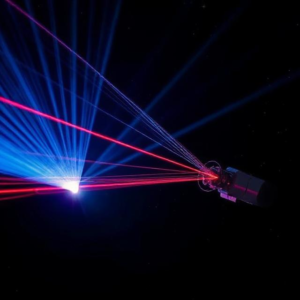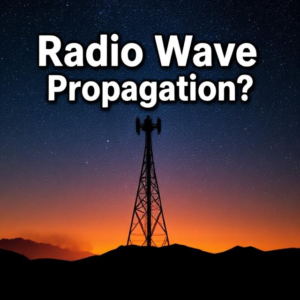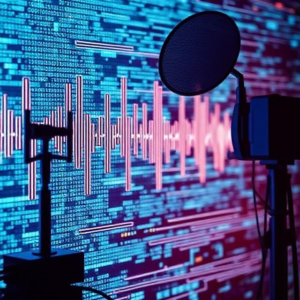What is a Laser Communication System?
A laser communication system is a way to send information (like data, voice, or video) using lasers. Instead of using radio waves (like traditional communication systems), it uses a focused beam of light (laser) to carry the information from one point to another.

How Does It Work?
- Sending the Information: The system takes the data that needs to be sent, like an internet signal or a phone call, and converts it into light. A laser is used to turn that data into a beam of light.
- Transmission: The laser beam travels through the air (or sometimes through space), carrying the data with it. The laser can travel very fast, almost at the speed of light!
- Receiving the Information: On the other end, a special device (like a receiver or sensor) catches the laser beam. The light from the laser is then converted back into data that can be used by the receiving device, like a computer or a satellite.
Why Use Lasers for Communication?
- High-Speed Data: Laser communication can transfer data at very high speeds, even faster than traditional radio wave systems.
- More Secure: Laser beams are very focused, so they don’t spread out like radio waves. This makes it harder for others to intercept or “listen in” on the communication, making it more secure.
- Less Interference: Lasers are less affected by interference from other electronic devices compared to radio waves. This makes them ideal for situations where clear communication is needed.
Everyday Examples of Laser Communication:
- Satellite Communication: Some satellites use laser beams to communicate with each other or with Earth, especially in space, where radio waves might face more challenges.
- Fiber Optic Internet: The internet you get through fiber optics is actually a form of laser communication. The data travels as light through glass fibers, delivering internet at high speeds.
Challenges:
- Line of Sight: Lasers need a direct line of sight between the sender and receiver. If something blocks the beam (like clouds or buildings), the communication can get interrupted.
- Weather Sensitivity: Bad weather, like rain or fog, can disrupt the laser beam, making the communication less reliable in those conditions.
Advantages of Laser Communications:
- Speed: Faster transmission of data than traditional radio-based systems.
- Bandwidth: It can carry more information at once, which means more data can be transmitted.
- Security: The focused light beam is harder to intercept than radio waves.
Summary:
Laser communication systems use lasers (focused beams of light) to send information from one place to another. They’re fast, secure, and can carry large amounts of data. They’re used in space, internet services (like fiber optics), and other high-tech applications. However, they need clear paths and can be affected by weather.











